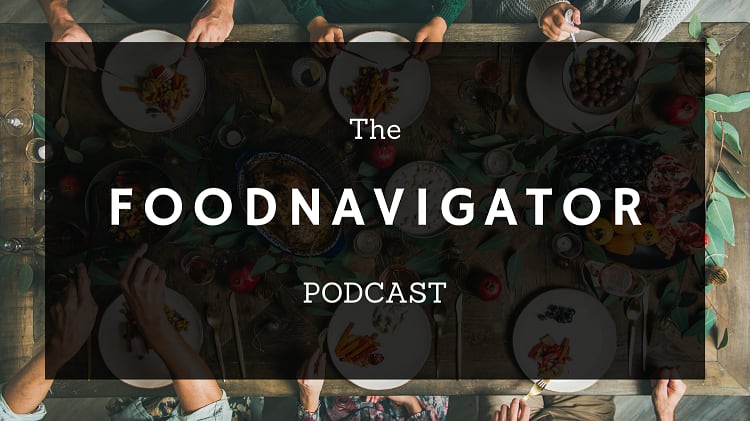In this latest episode of The FoodNavigator Podcast, we’ve sought to find out which beverages within the category are so hot right now.
Unsurprisingly – especially if you’re reading this from the UK – tea continues to be a popular product in retail.
According to the Dutch Ministry of Foreign Affairs, the main market for tea is the UK. West European countries and Poland are the largest European tea markets. Both boast strong tea traditions.
But it’s not all English Breakfast and chamomile. According to consumer trend forecaster WGSN, the hot new trend in teas is single-origin Chinese Tea.
“We’re seeing this [trend] come out of Asia. Consumers are really looking for that craftmanship, those complex flavours, and then also the wellness benefits, which are really offered by these different varieties of single-origin Chinese tea,” Jennifer Creevy, head of food and drink at WGSN, tells The FoodNavigator Podcast.
This particular trend feeds into the wellness movement that is ‘really key’ for consumers right now, she explained. “We’re still living with coronavirus, immunity is really top of the agenda…”
Another big market in the hot beverage category is hot chocolate. Data Bridge Market Research estimates that the drinking chocolate market in Europe will account of $1.17bn by 2027.
Noteworthy trends within this segment include plant-based, no-sugar claims, and sustainability, according to Marie Poudrel Gonnon, who is marketing brand manager UK & Northern Europe for chocolate maker Valrhona.
Trends in chocolate on-shelf are melting into the hot drinks market, she explained. “For instance, there is a big trend, which is very important worldwide: ‘sugar-free’. People want to have products that are good in terms of taste, but also good for [health].”
Another ‘trend’, although Gonnon questioned whether it should be perceived as such, is sustainability and transparency. “People…want to know where the product is coming from…We are 100% transparent and this allows us to be super close to the producer in the plantation countries.
“People are looking to get the full story behind the product and to know exactly what they are buying.”
Transparency is another trend in specialty coffee, explained Josh, co-owner of Melbourne-based coffee shop Path Melbourne. Social media, he stressed, is a playing a major role in facilitating bean-to-cup traceability.
“The beauty of specialty coffee is the transparency between every stage of production… For a lot of the coffee that we get, if we really wanted to, we could send a message via Instagram to the farmer, or to the producers, or to the washing station. It’s very transparent.”
The comparison to commodity coffee is stark, he suggested. In commodity coffee, a product might have a ‘vague label’ on it, saying it is ‘fair trade’ or something similar. “But you don’t know anything past that. In specialty coffee, it’s very direct from farmer to roaster to café.”
The barista continued: “Social media helps with transparency. Now a lot of farmers and producers have their own Instagram accounts, or Twitter accounts or websites, and that’s only going to improve and grow.”
For the full interviews with WGSN, Path Melbourne, and Valhrona, tune into The FoodNavigator Podcast.





